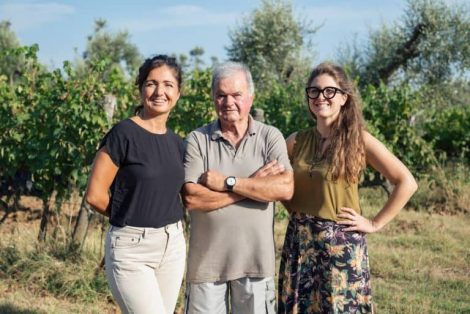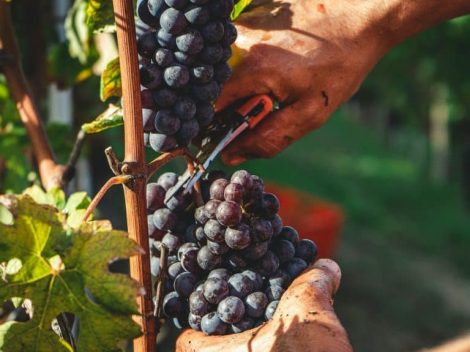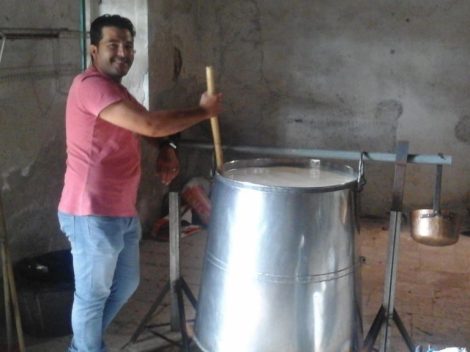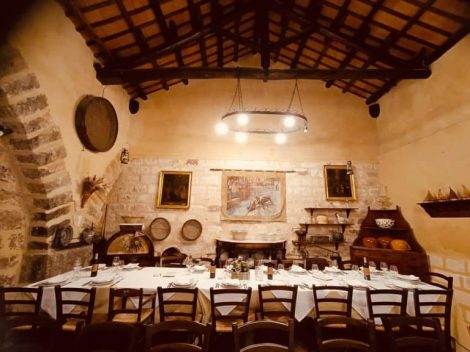Rum-flavoured Cuneesi chocolates, Arione's creation
Imitated but inimitable, rum-flavoured Cuneesi are among the most popular chocolates of all time, also available in their alcohol-free version for children. They are still produced according to the creator’s original recipe, the Cuneo-based company Arione, which has dedicated the famous product to its city. A compelling bonbon that in its marriage with the distillate found a happy and lasting union, now celebrated by the family’s fourth generation, which proudly carries on the work begun by great-grandfather Andrea Arione in 1923. The grandson, who bore the same name, continued his work, until he passed away in 2016, leaving his wife and daughters at the helm of the confectionery shop. But Vanna Martini is a tough and jovial woman with decisive aplomb, who knows to have the honour and burden of managing a city’s historical landmark. At her side, her daughters who have inherited from their parents the passion for a job that involves sacrifices and waking up at dawn, but also great satisfaction, smiles and taste. And lots and lots of chocolate.
Rum-flavoured Cuneesi chocolates’ origins
Chocolate cream, meringues, rum and dark chocolate: these are the ingredients that give life to the handmade and hand-wrapped Cuneese, just like in the past. Just like great-grandfather Andrea used to do, who created this delicious treat in the first shop opened in Cuneo "that no longer exists", says Vanna. Before that, he worked in Savigliano, where he learned the trade as an apprentice pastry chef after the First World War, "he was one of the so-called boys of '99, among those conscripted who in 1917 turned eighteen and could therefore be enlisted in the army". It was in the bakery/pastry shop in Savigliano that he met his future wife, with whom he decided to celebrate their honeymoon in Cuneo, "and then there was the shop". The rest is history, a memory that still lives on in the Cuneesi chocolates, "the originals!".
Cuneesi production
The main feature here is the rum, "which we have specially produced so that it doesn't overpower the palate. The distillate is diluted in the right measure, not like the spirits used in the filling of other pralines". This is added to the pastry cream, the heart of the chocolate, made with milk, fresh eggs and fine chocolate, but first of all there are the meringues: crumbly, slightly flattened, "and hollowed out by hand for the filling as soon as they come out of the oven". The meringues then pass under a dark chocolate cascade, before being cooled and checked one by one to guarantee a flawless, quality product, "not even the slightest scratches are accepted". It's time to wrap them with the unmistakable red or green plastic wrapping with thin golden lettering. And here they are, these little confectionery masterpieces appreciated even by Ernest Hemingway, who in May 1954 stopped by the confectionery shop on Arnoldo Mondadori's advice to buy chocolates for his wife on holiday in Nice.
Arione confectionery shop
Those with rum are a great classic, but Cuneesi chocolates can also be found with Grand Marnier, hazelnut, cremino, coffee or chestnut filling, today still among the pastry shop's most popular and best-selling products: "After the first, most critical months of the pandemic in spring 2020, we recovered very well. During lockdown, people have become more familiar with home delivery, elderly customers got help from friends and family and have started to place orders online too". The old-fashioned confectionery shop’s business is going well, a timeless space that was the set for some scenes of Monicelli's film "I compagni" with Marcello Mastroianni and Annie Girardot. It is also appreciated for other products, "such as meringues or marron glacés", yet the Cuneesi chocolates still remain its centrepiece, continuing to win over the palates with their unique taste and the recipe of yesteryear. "In 2023 we will celebrate a century in business. We hope to continue for at least another hundred years".
Arione – Cuneo – Piazza Galimberti, 14 – arionepasticceria.it/
by Michela Becchi

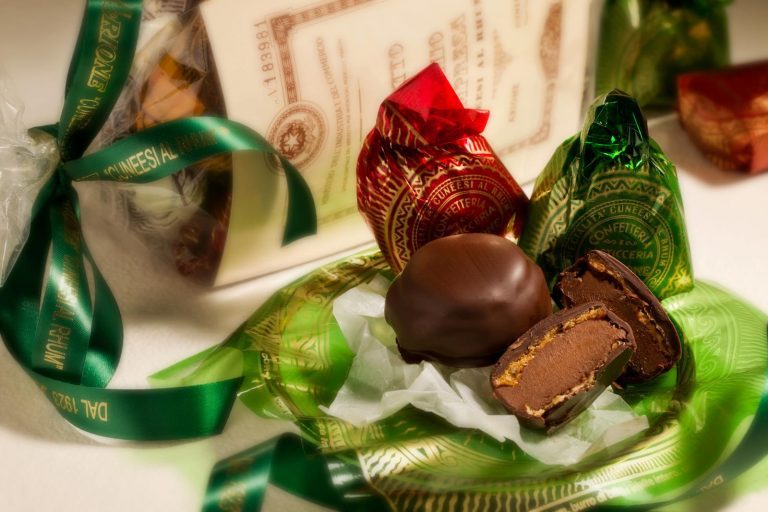
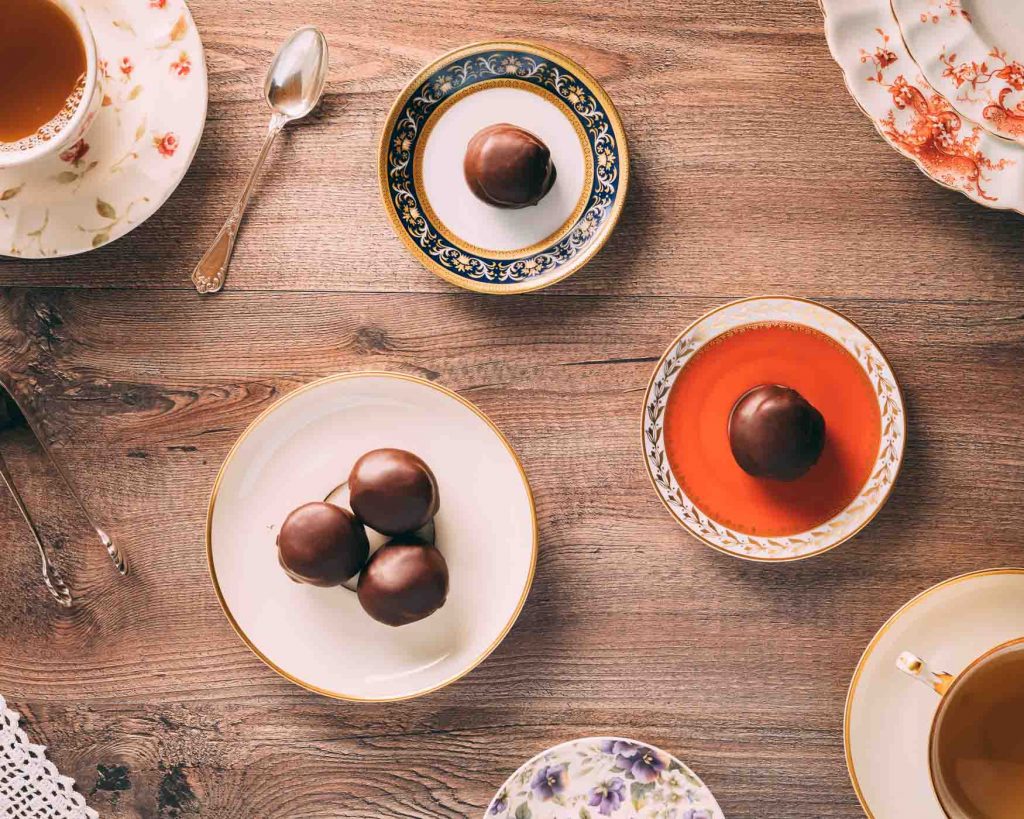
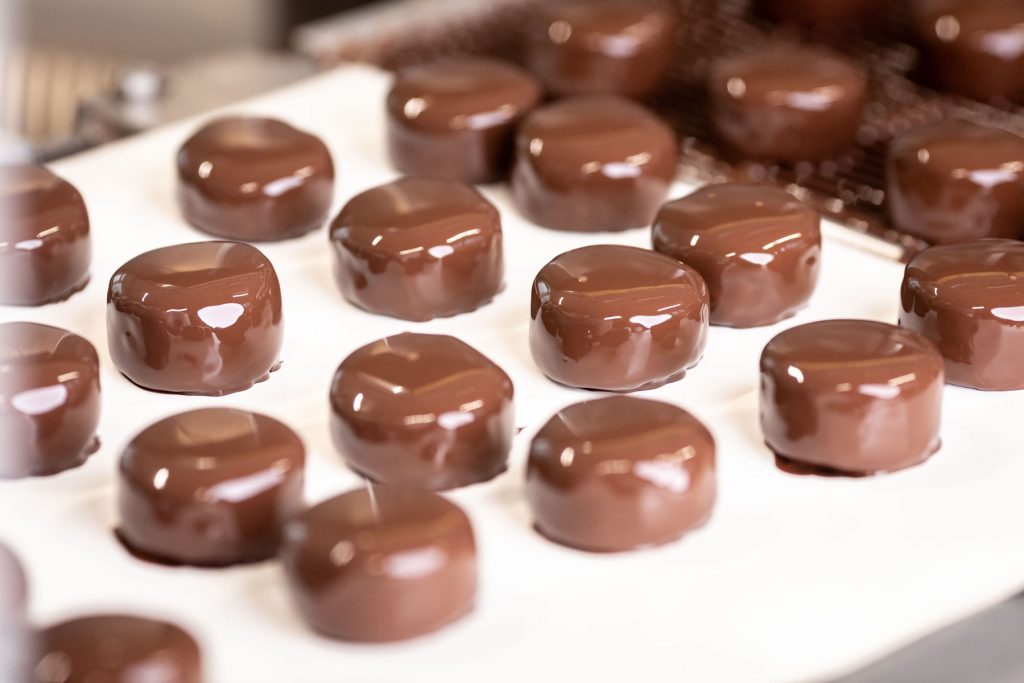
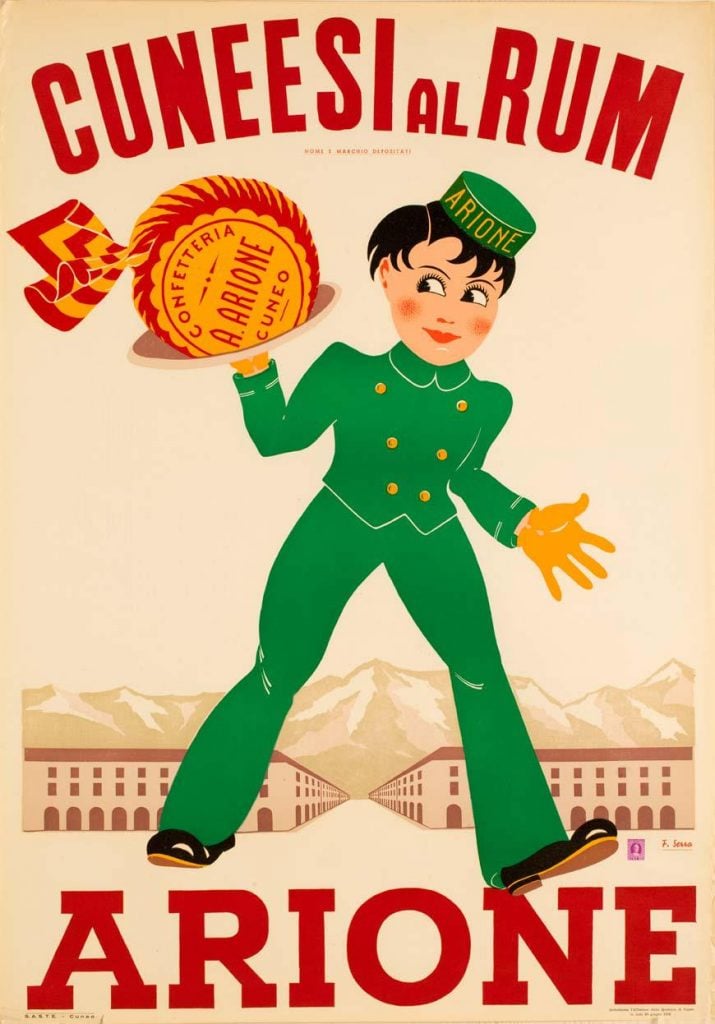
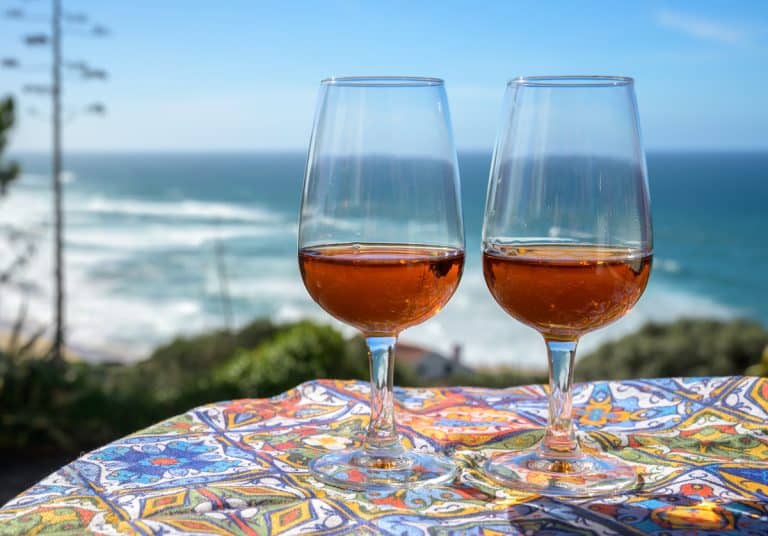 The irresistible charm of oxidative wines: the diaries of a Master of Wine
The irresistible charm of oxidative wines: the diaries of a Master of Wine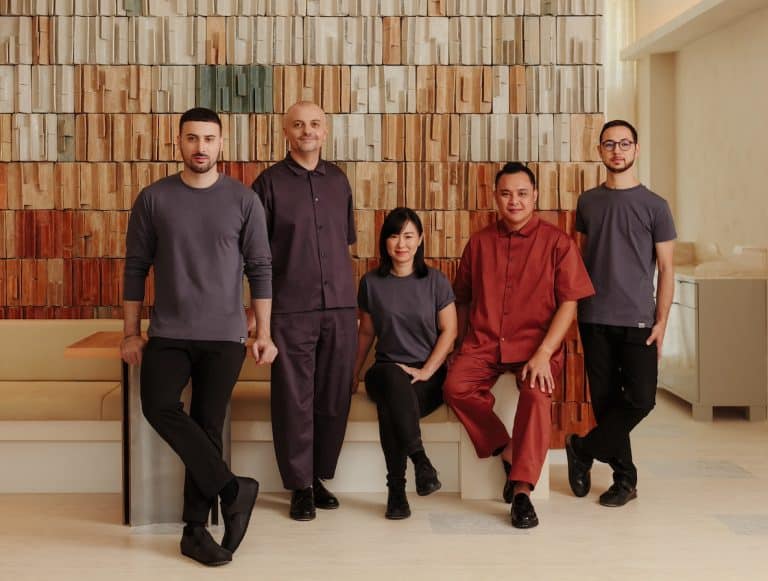 "A Puglian cuisine without orecchiette or traditional dishes": Somma in Singapore explores the fine dining of the future
"A Puglian cuisine without orecchiette or traditional dishes": Somma in Singapore explores the fine dining of the future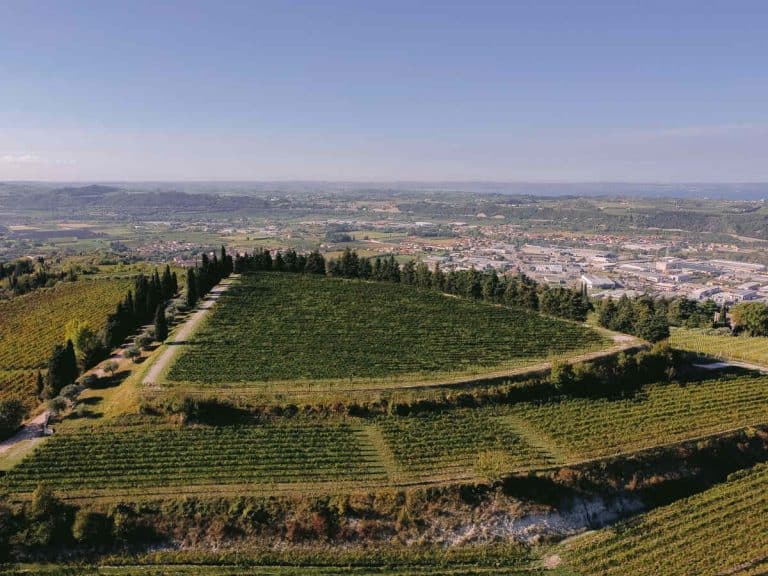 Here's how Valpolicella is evolving through the journey of an iconic wine
Here's how Valpolicella is evolving through the journey of an iconic wine "Chenin Blanc will be the new Chardonnay": Interview with Master of Wine Madeleine Stenwreth
"Chenin Blanc will be the new Chardonnay": Interview with Master of Wine Madeleine Stenwreth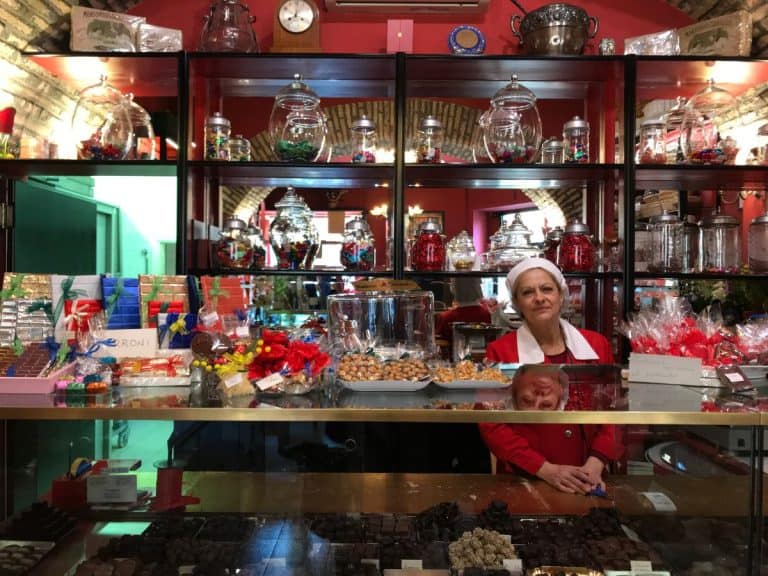 The ancient chocolate factory hidden in the alleys of Rome
The ancient chocolate factory hidden in the alleys of Rome